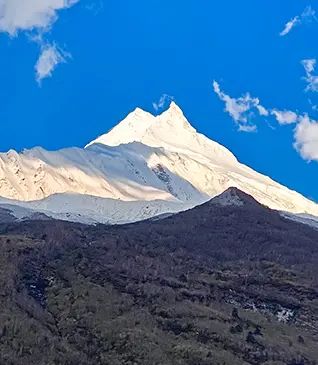Located in the Western Himalayan region in Uttarakhand, Valley of Flowers is a renowned trek. The Valley was discovered by Frank S Smythe in 1931 and since then it has gained immense popularity among the people. The Valley of Flowers spans approximately 87.5 sq. km and is renowned for its picturesque meadows and diverse floral variety. Flanked by the Neelgiri mountains, the Valley is the epitome of Himalayan beauty.
The monsoon season, which typically lasts from late June to early September, is the most magical time to visit the Valley of Flowers. During this period, the valley comes alive with a spectacular bloom of flowers, transforming it into a vivid and colorful wonderland. The monsoon rains nourish the soil and create the perfect conditions for a wide variety of flowers to flourish, including rare and endangered species. The lush, green landscape, combined with the fresh, invigorating air, offers a unique and unforgettable trekking experience. Let us learn how this wonderful UNESCO World Heritage Site was discovered and the interesting features that make it a must-go destination on your trekking bucket list!
Did you know the Valley was Discovered Accidentally?
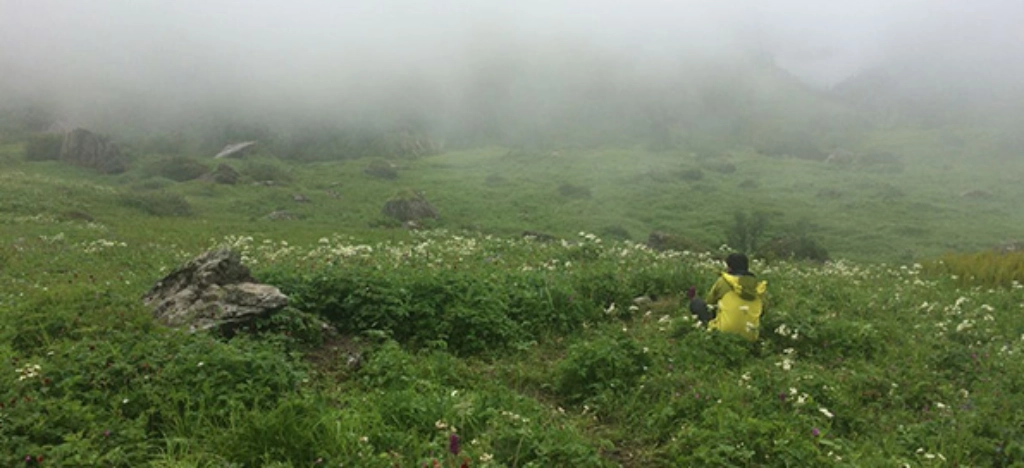
Yes! You read that right! The Valley of Flowers is believed to have been discovered in 1931 when a trio of British mountaineers, led by Frank S. Smythe, stumbled upon this breathtaking valley after losing their way while descending from Mt. Kamet. Enchanted by its stunning beauty, they aptly named it the "Valley of Flowers." The sight of the Valley of Flowers was so beautiful that Smythe camped in the valley for a month, gathering material for his book, "The Valley of Flowers," and collecting seeds to take back to the Botanical Gardens in Edinburgh, Scotland.
Building on Smythe’s pioneering work, botanist Joan Margaret Legge ventured to the valley in 1939 to study and collect more flowers. Tragically, her passion for this paradise led to her untimely demise when she slipped from a rock while picking flowers. In 1944, her sister visited the valley to honor her memory, erecting a small memorial tombstone. You can still find the tombstone of Margaret at the end of the Valley. As a testament to Joan's deep love for the Himalayas, the marble tombstone bears an inscription that keeps her spirit alive in the valley she adored.
Things that Frank S Smythe found Attractive in the Valley of Flowers and you Might Too!
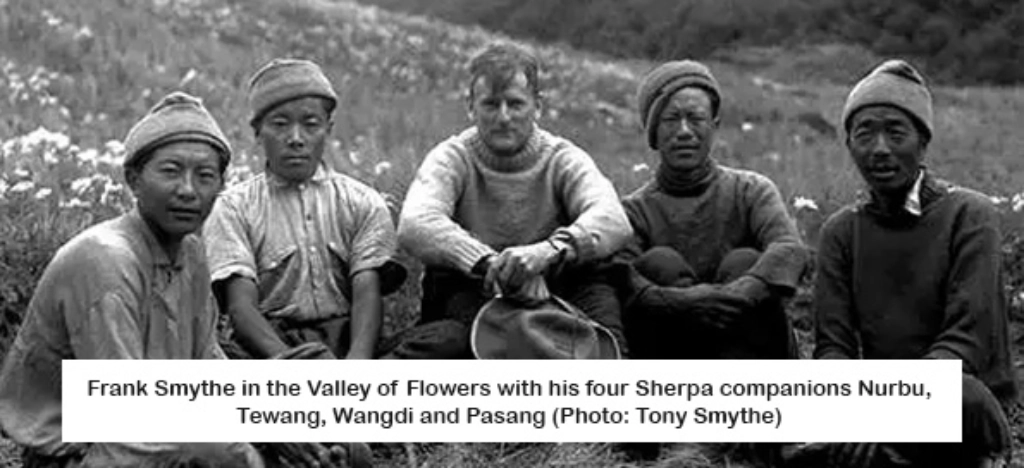
The beautiful Nilgiri Parbat
If you read Frank Smythe’s book “The Valley of Flowers”, you will find that he has dedicated many chapters to this beautiful mountain. Niligiri Parbat is the most prominent mountain that you will witness in your Valley of Flowers Trek. The mountain peak drifts in and out of cloud cover creating a mystical sight. In the monsoon, when you see the cloud cover partly covering the blue mountains and eventually bringing it back into view, it's a sight that will keep you transfixed. The cloud play on this beautiful mountain is an unforgettable sight.
The rich variety of flowers
The valley is a vibrant collection of over 600 species of exotic blooms, including orchids, poppies, primulas, marigolds, daisies, and anemones, creating a mesmerising spectacle. Sub-alpine forests of birch and rhododendrons add to the park's diverse landscape. Wandering through this floral paradise, you will encounter a stunning array of flowers: the delicate Pink Primula, the striking Pedicularis, the radiant Golden Lily, and the creamy Anemones. Marvel at the large purple Asters, the rare white Androsace, and the enchanting blue Borage. The rosy-petalled Cypripedium and the cheerful blue Forget-me-nots add splashes of colour, while the unique green and chequered Fritillaries and the charming pink Geraniums captivate the eye. Discover the elegance of purple and dwarf Irises, dwarf Larkspurs, and the indigo-hued Nomocharis. The valley also boasts vibrant blue and yellow Pansies, mauve Polemoniums, and the ocean-blue petals of the blue Poppy (Meconopsis). Admire the beauty of white and red Potentillas, golden lilies, and dwarf Rhododendrons in shades of pink, blue, and deepest purple. The lush display includes Ranunculus, pink Epilobium, and the heavily perfumed Brahma Kamal, each contributing to the valley's breathtaking and unforgettable charm.
Pusphawati River & many small rivulets and waterfalls
The Pushpawati River originates from the lofty glaciers in the Himalayas and flows through the Valley of Flowers, providing a lifeline to the diverse flora and fauna that thrive in this region. The river’s crystal-clear waters reflect the vivid hues of the surrounding flowers, creating a picturesque and serene landscape. As you trek alongside the Pushpawati River, the soothing sound of its flowing water accompanies you, offering a peaceful and meditative experience. The river also forms charming little pools and streams along the way, inviting trekkers to pause and appreciate nature’s artistry. In addition to the Pushpawati River, the Valley of Flowers is dotted with numerous rivulets and waterfalls that further enhance its natural splendour. These smaller water bodies originate from the melting snow and glaciers, cascading down the mountains and cutting through the lush greenery.
Have you ever wondered why there is a Gurudwara at an Altitude of 14,100 ft?
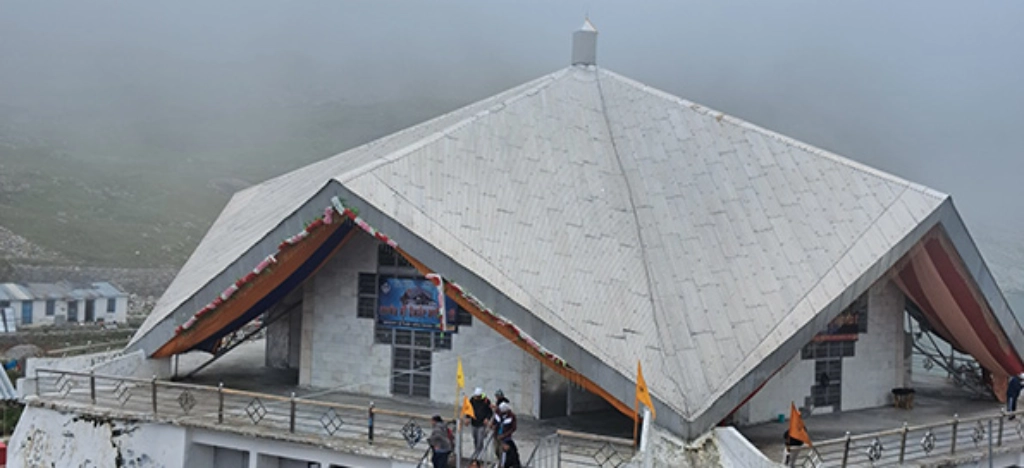
Hemkund Sahib, also known as Gobind Dham, is a revered Gurudwara perched in the lofty height of 14,100 ft. This sacred site is dedicated to Guru Gobind Singh Ji, the tenth Sikh Guru, and holds immense spiritual significance. It is believed that Guru Gobind Singh Ji meditated here, making it a place of deep reverence and devotion for Sikhs. Every year, thousands of Sikhs undertake the pilgrimage to Hemkund Sahib to honour their Guru and immerse themselves in the holy waters of the Hemkund Sarovar. The journey to this serene Gurudwara, set amidst the breathtaking Himalayan peaks, is both a physical and spiritual ascent.
Hemkund Sahib's profound importance lies in the belief that Guru Gobind Singh Ji, the final guru of Sikhism, meditated at this very spot before departing from his earthly existence. Guru Gobind Singh Ji was not only a remarkable leader but also a visionary teacher whose teachings continue to inspire Sikhs worldwide. His legacy of courage, wisdom, and spiritual depth remains a guiding light for the Sikh community.
The Valley of Flowers offers a great experience for all nature and adventure enthusiasts alike. This floral valley is truly a gem and everyone should visit the Valley of Flowers at least once in a lifetime.
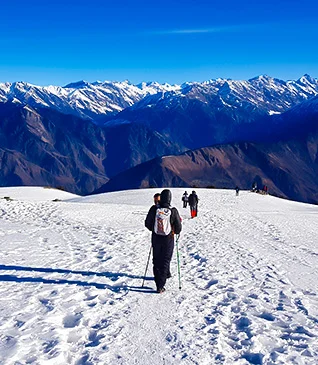
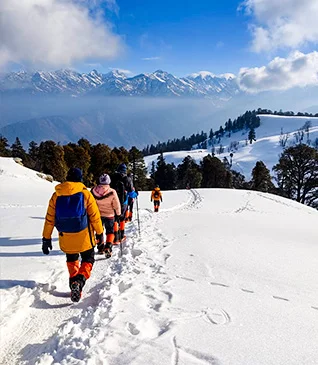
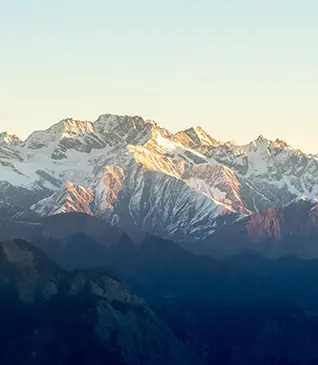
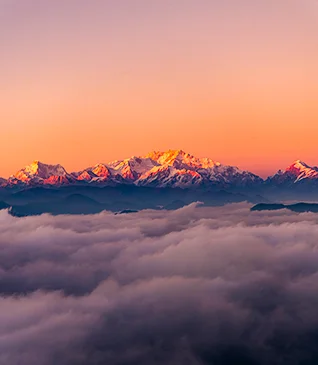
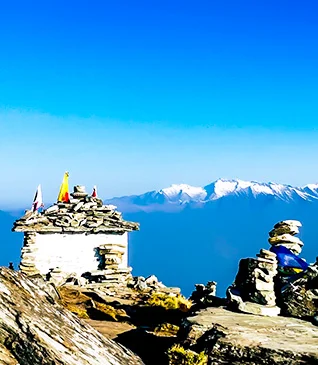
.webp)
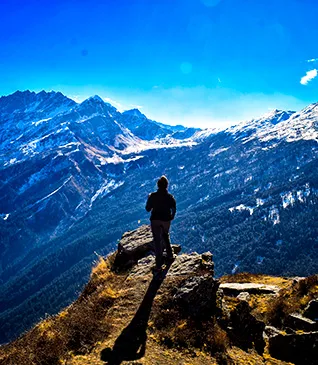
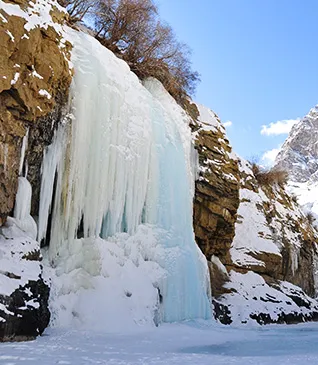
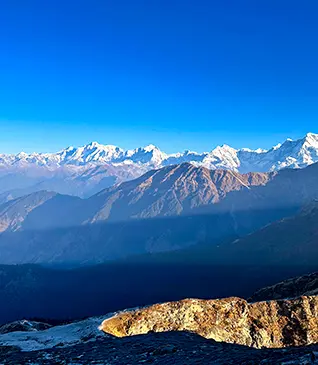
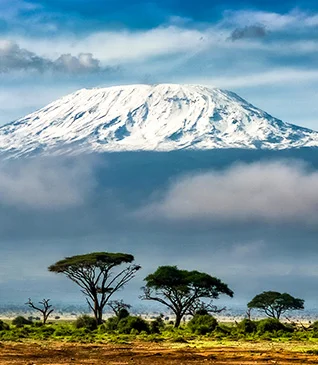
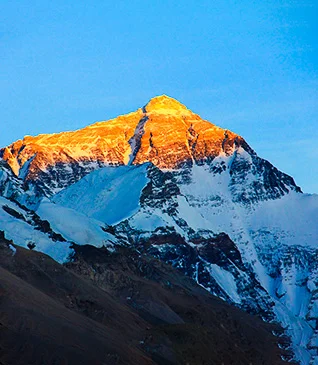
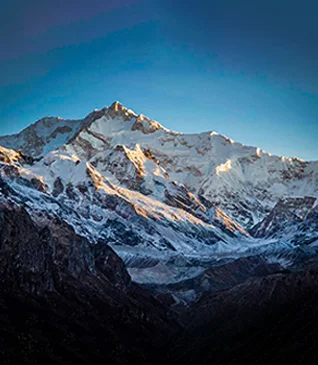
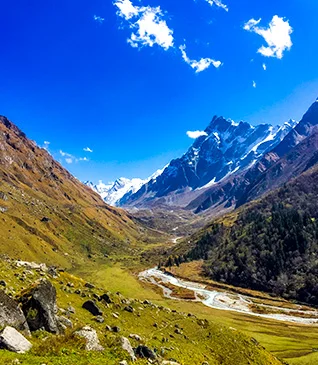

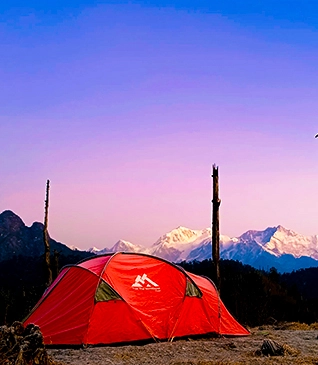
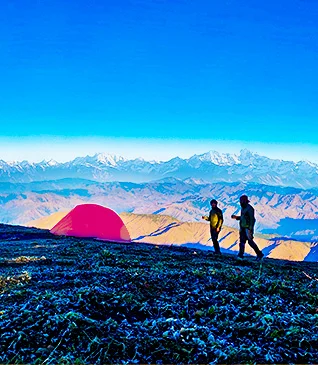
.webp)
